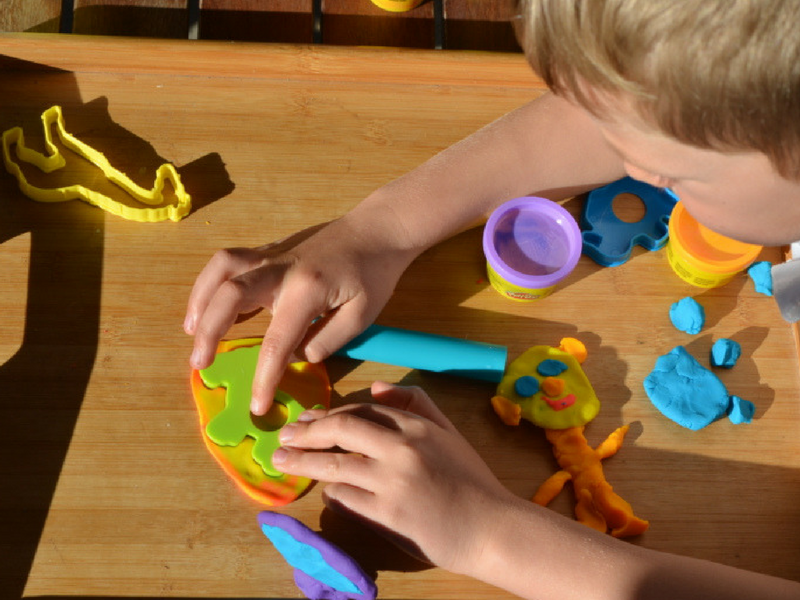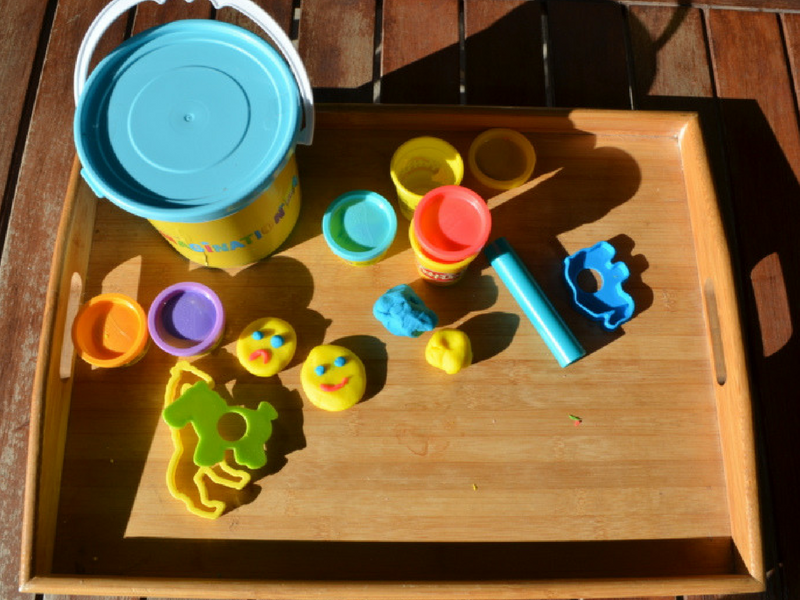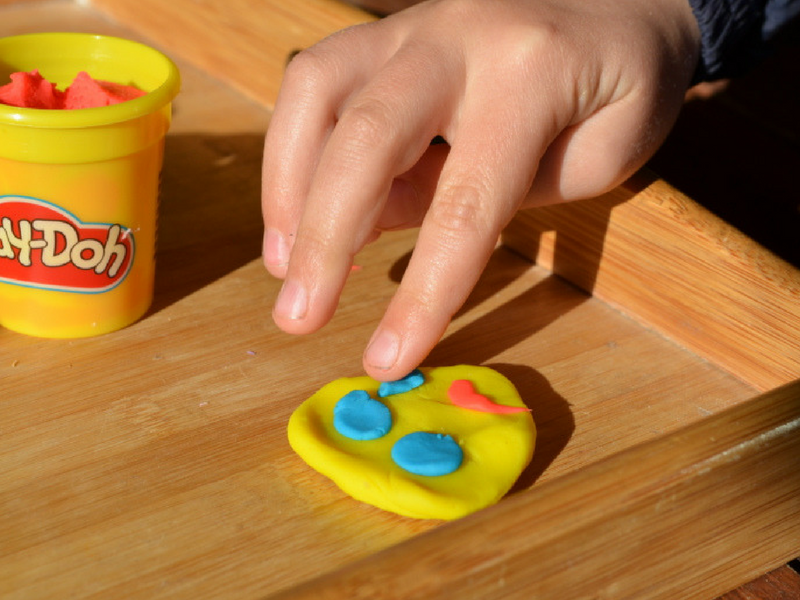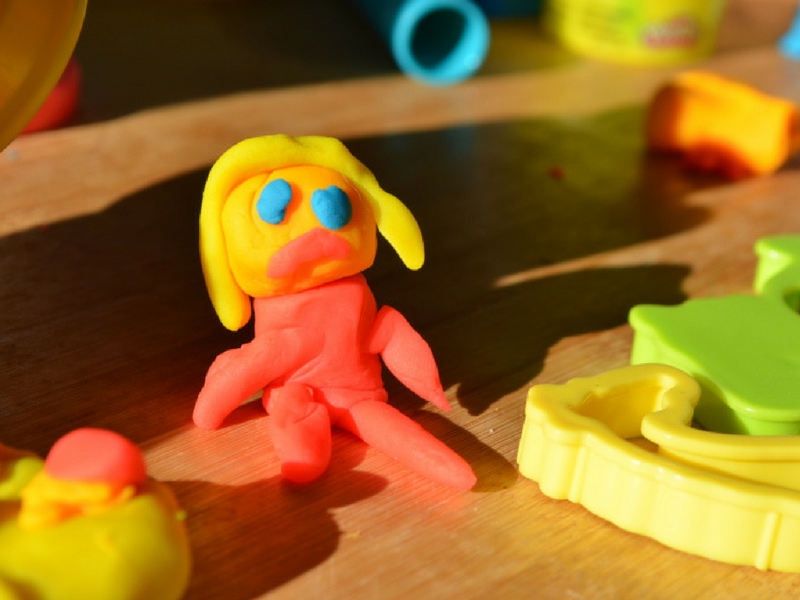Via Becoming You: How to… Teach Emotional Intelligence to Kids
Another awesome educational post for all the parents trying their best out there! Thanks to my sister/ teacher/ friend/ all-round educational expert Emma for this excellent post on how to teach Emotional Intelligence to kids!
If you know me you will know that among other things I teach. I love to teach and engage with young children and to see their minds stretched and their social skills grown!
One thing I have realized over the years is how little intentional guidance and direction children of all ages receive in managing their own emotions.
Let’s face it, life is busy!!!
But I am passionate about using creative methods to impact kids for the better.
Recently, while struggling with my own grade 1 son’s emotional management- or mismanagement – I used the following with some awesome results…
When it comes to emotional skills, us parents usually give our children a good chat or talking too, and think that should do the trick to teach them how to cope emotionally, but what I would like to introduce you to is a new hand’s-on way of addressing big emotions that’s suitable for all ages!
Play-Dough!
Play-Dough is a simple, tactile and creative medium that lends itself perfectly to children and their learning in so many ways… I’ve used it to teach mathematics, creative activities and social skill around a table in a classroom. But recently I found it was the ideal way for me to tap into the emotional side of my son!
teaching kids emotional intelligence
Now there is some debate over which are the main emotions that a child has to learn how to cope with, but we do know that anger, hate, disgust, fear, happiness, sadness and surprise are some of them.
These intangible things can be very overwhelming to little (and big) children. What we need to do as parents is give them space to learn about each one, understand them and be taught how to handle each one correctly…
Top Tips for teaching Emotional Intelligence to Kids using Play-Dough
1. Naming Emotions
The first important step is helping your child know the different emotions and how they make one react. Using paper printables of blank faces or handdrawn options, assist your child in completing the facial expressions all while chatting about the different emotions and how people react when they feel them. Emphasise that we control our own emotions and can choose good or bad reactions when we feel them.
2. Calming Emotions
Playing with a small ball of Play-Dough has an amazing calming and soothing effect. Rolling, squashing, flattening, pushing and squeezing small pieces into balls or long tubes can help stressed children relax and this will improve their ability to self-regulate. Once a child is in a calm state then they are able to engage with you and use their words properly. Let children have uninterrupted time to create. This can be used at certain times of the day or during a bad day or difficult season. Children will benefit from the tactile play and it will assist them to self-calm.
3. Understanding Emotions
Use Play-Dough to make faces that express each of the emotions. You can then match these to situations that cause the children to feel these emotions. For example: Mould a sleeping bag and then make a face, use this opportunity to talk about the underlying feelings associated with going away. Let your child have space to express themselves without you jumping in to fix the problem. Rather ask the child what do they think might help? Then make these things together.
4. Outbursts of Emotions
This can be really hard if you are not at home. Take the opportunity to revisit situations using the Play-Dough when your child is calm. Ask your child to create something that shows what caused the emotion. For example: Your child may mould a soccer ball then get them to talk about how he got angry when they lost the game. Help them turn this into something positive by remoulding the Play-Dough into a positive object, maybe hands shaking to indicate being happy even though they lost and showing sportsmanship. Visual learners will particularly respond well to this type of play. This could develop into an interactive scene where you demonstrate the appropriate and inappropriate emotional behaviours in duel scenes. Which one should we do?
5. Situations and Emotions (past or future)
Use the Play-Dough to create a scene. Make all the parts to the scene and use them to ‘act’ out the situation. As you role-play it along side your child, engage their emotions giving them helping ways to address them. For example: Mom and Dad are going away for a few days on an aeroplane. Your child will be staying with granny. Make the aeroplane, make the granny and her house together. Act out the game together, perhaps your child will ask to go on the plane with Dad and Mom, then explain she is staying with her granny this time and they will have a lovely time together. When she misses Mom and Dad she can write them a card, send them a blowing kiss etc. Creating the scene together can help demystify and prepare a child for what is to come!
6. Triggering Emotions
My 3 year old constantly finds sharing a huge challenge! If your child expresses that they want all the purple Play-Dough then use the opportunity to help your child learn how to share. Explain that you were hoping to make some purple flowers then point out that she can share and both of you can be happy. This same method can be used for other triggers as you can create a safe place to safely engage with your child on these things without it becoming a heated moment and thereby allowing your child space to practise their emotional responses. For example: turn taking, handing something over, dealing with disappointments, managing solo tasks etc.
So if you’re struggling with a child who isn’t quite able to keep their emotions in check or could do with a boost of emotional intelligence why not go and grab your nearest tub of Play-Dough, refer to this list and get your child emotionally skilled in the most creative way possible!






